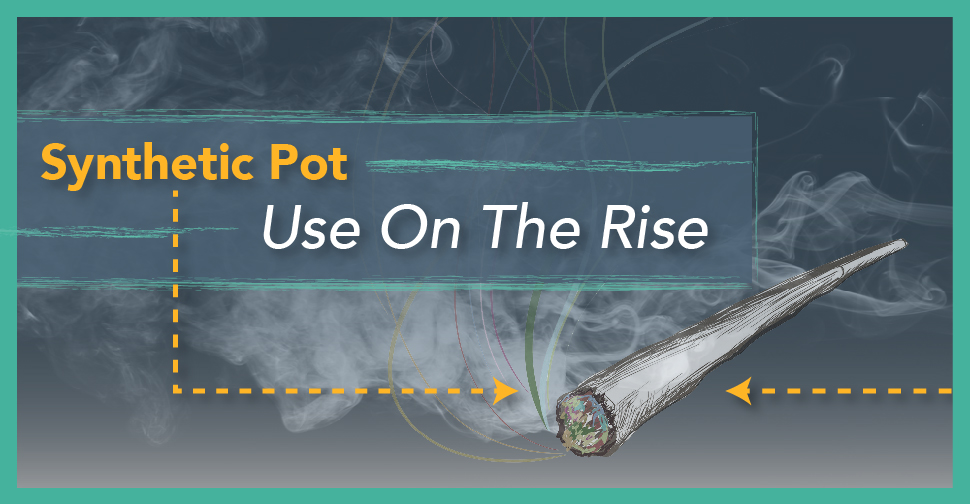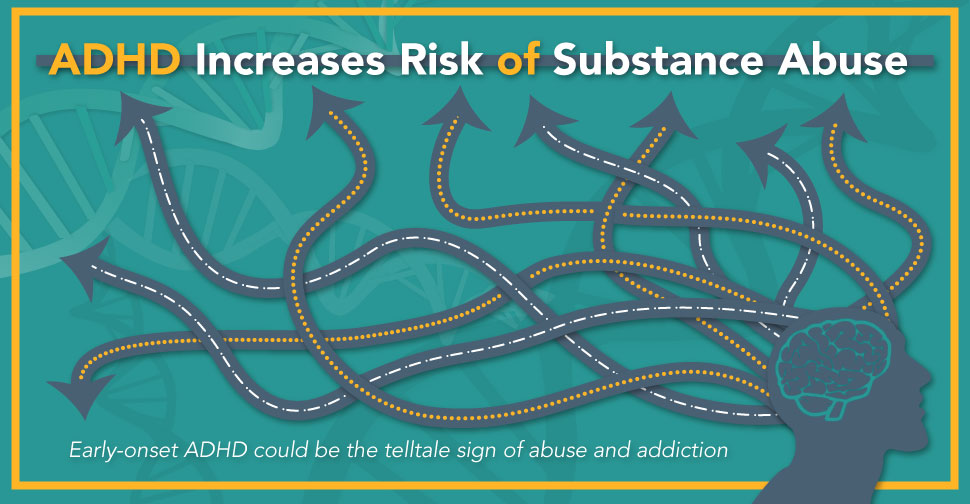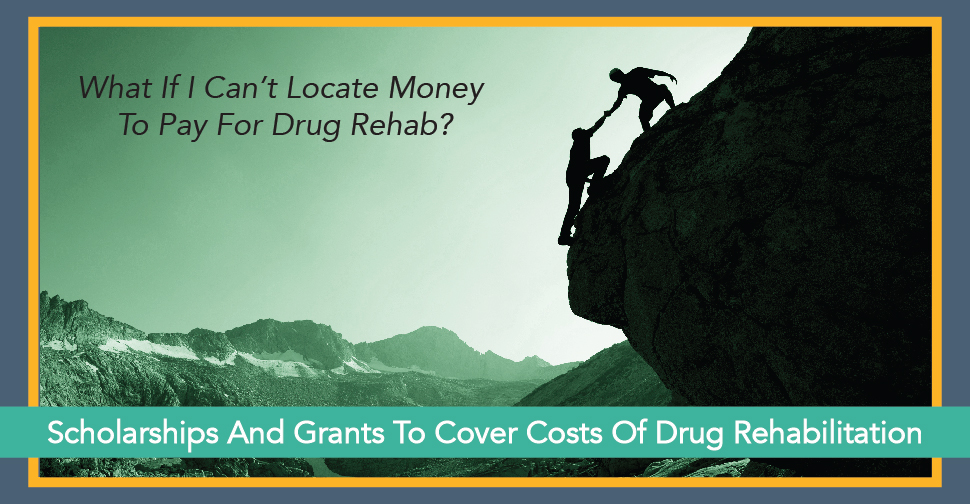There has been a push towards the legalization of marijuana, or pot, in many U.S. states which has brought on much controversy. Some enthusiastically support it while others are strongly opposed. It should not be surprising then, that synthetic pot use has also skyrocketed recently in 2015.
Poison control centers across America have seen a rise in calls regarding synthetic pot (marijuana) and the trend is disturbing. Synthetic pot calls have been up this year (around 3,572 calls so far as of June 2015) and that is up 229% from January to May of 2014. Even more shocking is that the CDC reported that calls about synthetic pot rose from 349 calls in January of 2015 to 1,501 calls in April 2015 (a 330% rise). What is even sadder is that so far in 2015, 15 reported deaths have been due to synthetic pot use.
Lab created pot is not a new concept, but it has risen drastically despite law enforcement trying to stop it.
What You See Is NOT What You Get
Sellers of synthetic pot like to evade law enforcement by selling synthetic pot incognito (as “incense”). Selling synthetic pot is illegal but that does not stop sellers from producing and selling it, or buyers from buying it. But, the concoction of what sellers put into the synthetic pot would alarm anyone. Synthetic pot is also called “spice” or “K2”. It is a concoction of herbs that are sprayed with psychoactive chemicals that mimic the main ingredients of pot (THC or tetrahydrocannabinol). In other words, it’s a nightmare waiting to happen. The products are then mislabeled as “safe” and “natural” by the sellers when in reality they are not. And law enforcement has seen a rise in deaths or severe complications due to this synthetic pot.
There have been many reported incidences of people going to the ER for using synthetic pot. Because the drug is literally a made up, lab concoction and is sprayed with unknown amounts of who knows what (there are 200 variations of synthetic ingredients and counting), it is extremely dangerous to consume, oftentimes binding itself 1,000 times stronger to cannabis receptors than “real” pot itself. It is not safer to use even under the guise of “home-grown”. The chemicals sprayed on the synthetic pot to make it look like real pot are 100 times more dangerous. One bag might consist of a different mixture of chemicals and could make you feel “relaxed”. While another batch from somewhere else could lead to severe hallucinations or even death. It’s a gamble and no matter what, you will always lose in some way. Nobody knows exactly what’s in it. And it’s too inconsistent.
Couch Lock And Other Side Effects
In addition to synthetic pot causing an altered mental state, agitation and possibly even psychosis, there is another term that teens have coined called “couch lock”. Couch Lock is where you are fixated in one spot, you can’t move, but you are still conscious. It’s a state where the individual is so “high” they can’t even get off the couch. And that sounds terrifying.
Users experience vomiting, dizziness, short breath, confusion and altered mental states, increased pulse and many other symptoms when they call poison control centers. Some other side effects can include:
- Pale skin
- Seizures
- Inability to control body movements
- Sweating
- Psychosis
- Dysphasia (deficiency of speech and sometimes lack of speech comprehension)
- Delusions and/or hallucinations among others
- Suicidal or homicidal thoughts or actions
- Intense Paranoia
When the drug is ingested, it only takes about 3-5 minutes for the effects to be felt, but the high can last anywhere from 1 to 8 hours. It is not a drug to be taken lightly, it is highly addictive, and should be avoided at all costs. The best approach right now is to spread education and prevention of the drug.
How Synthetic Pot Came To Be
Synthetic pot use first began in the U.S. around 2008 (although it was produced by scientists around the 1980s to study its effects on the brain) and became available to teens and youth because it was sold at places such as convenient stores and online, until it was deemed illegal in 2012. Congress passed the Synthetic Drug Abuse Prevention Act of 2012, which banned five different types of cannabinoids found in the spice bags. Synthetic pot has been classified as a “Schedule I Controlled Substance” and put in the same category as “real” pot.
A Schedule I Controlled Substance meets three criteria:
- Having no medical reason for the drug whatsoever
- Cannot be prescribed by a doctor
- Contains addictive properties
Possession of and selling synthetic pot has severe consequences. On a first offense, you could be sentenced up to 5 to 40 years. A second offense could bring you 10 years to life.
A Drug With Many Names
In addition to being called “spice” or “K2”, synthetic pot (marijuana) is also sold under many different names. If you have heard a loved one refer to a substance as: “fake weed”, “Yucatan Fire”, “Skunk”, “Moon Rocks”, “Black Mamba” “Bliss” “Bombay Blue”, “Genie”, and “Zohai”, these are all just other names for the same poison. Whatever it might be called, the effects and danger are still the same. Do not be fooled into thinking that synthetic pot is somehow less potent than the “real stuff”. It is not and as mentioned before, is even more dangerous than the “real” drug. It is sold in small silvery bags and does look a lot like potpourri. It is marketed as being, “safe, natural, and legal”. That is all a lie. It is not safe. It is not natural. And it is not legal.
Seek Help Now Before It’s Too Late
If you or a loved one is thinking about experimenting with this drug, reading this blog just might have helped save your life. Never try the drug and never experiment with it. It’s just not worth it. Some people are addicted to it for years and experience all the negative side effects (and have altered their brains and personalities permanently) and others try it one time and are dead. You never know what could happen to you or a loved one.
If you or someone you know has an addiction to synthetic pot or other substances, this is a serious problem. Seek help immediately for you or your loved one because you never know when it might be too late. Reach out to us at Drugrehab.org today.






